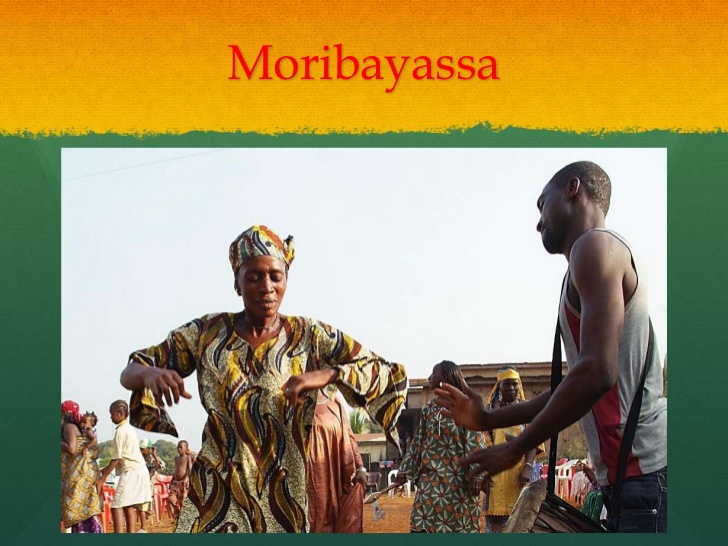In recent times, most of the sociologist, anthropologist, and others who are concerned with African culture have also started to take interest in the possibility of traditional African Religions were going extinct. Some of the main factors that might cause the extinction are civilization, technology, and influences of other religions such as Islam and Christianity. Some people now a days in Africa consider it shameful to be following their traditional religion. They describe it as "ungodly", words passed on by early missionaries who had very little knowledge about their religion. The early missionaries called it the "Dark Continent" because everything that came from there was dark, including its inhabitants.
The seven beliefs in African Religion include magic and medicine. It is the inclusion of this magic and medicine that individuals find offensive. They believe in ability of man to conquer its environment using divine powers. It is hoped that positive as well as negative changes can be impacted on man's environment for his own good, however, the use of magic and medicine is often considered more harmful. So now a days, that part of belief is slowly dying as well.
Even with all the beliefs that African culture is dying due to the world changing fast, African Traditional Religion will continue to exist as it has til now. The true culture of the people that follow it will continue to remain. They will still communicate in African languages which is a symbol of continued existence of their culture. When a person is sick, childless beyond the provisions of medical solutions, African herbs are quickly sought to do magic. A new child will be given an African name and a traditional naming ceremony will be held for him. Due to all these reasons, the traditional African religion will continue to exist for many coming years.



